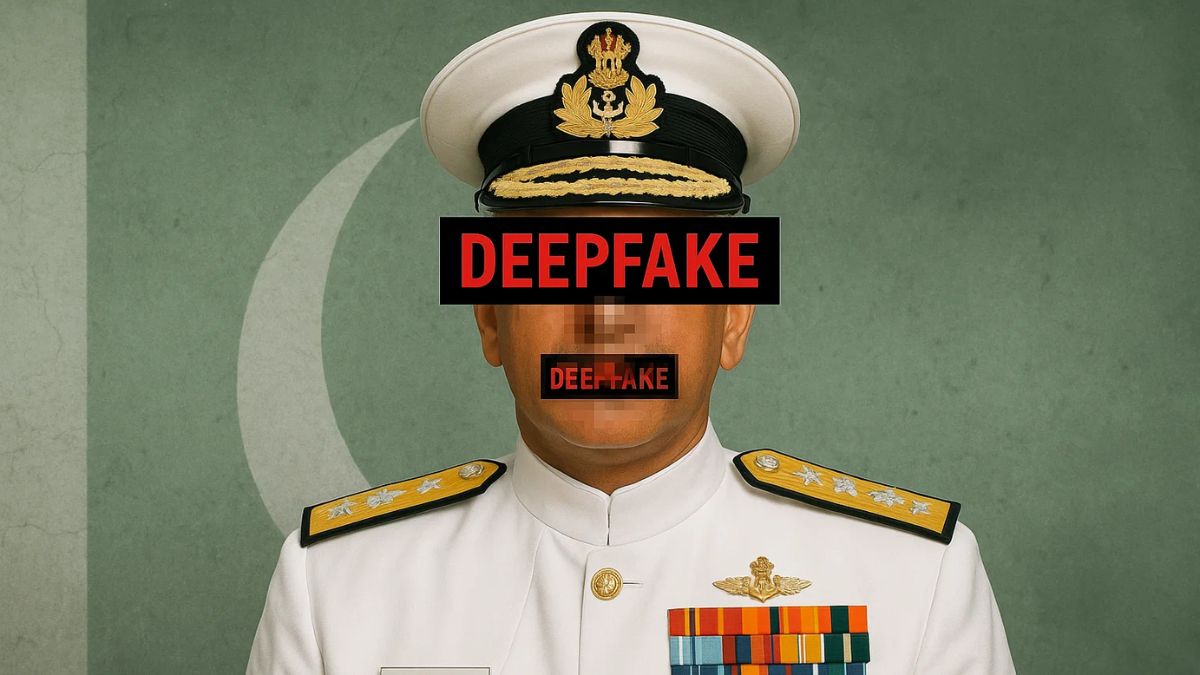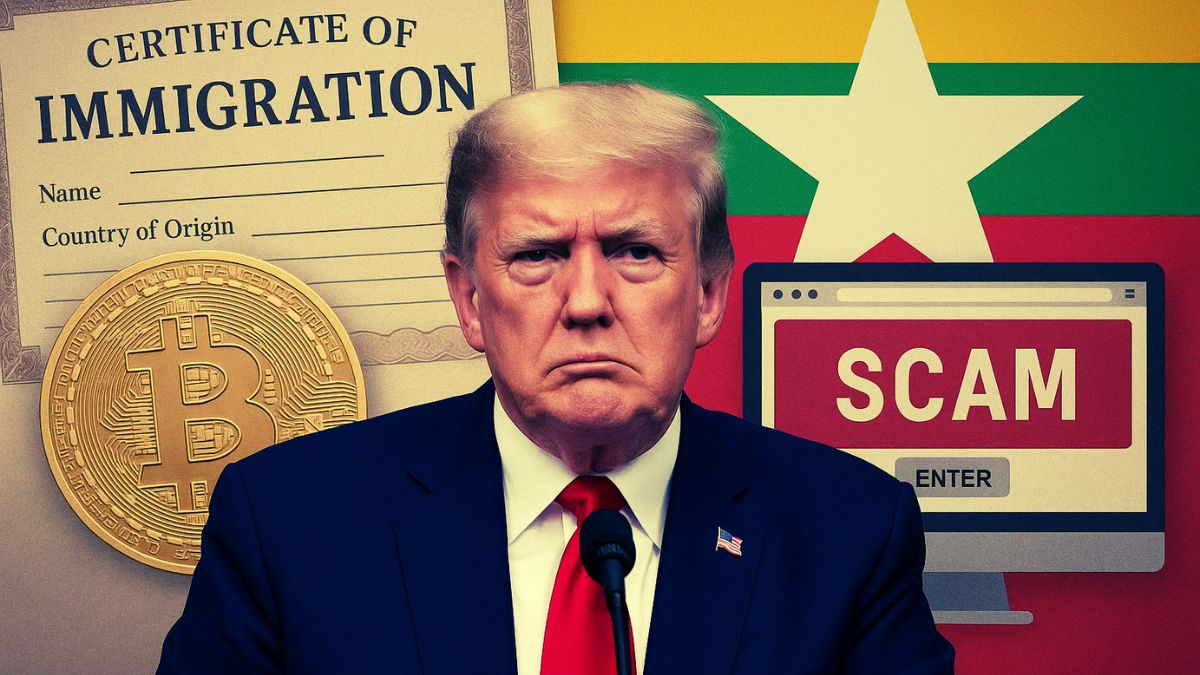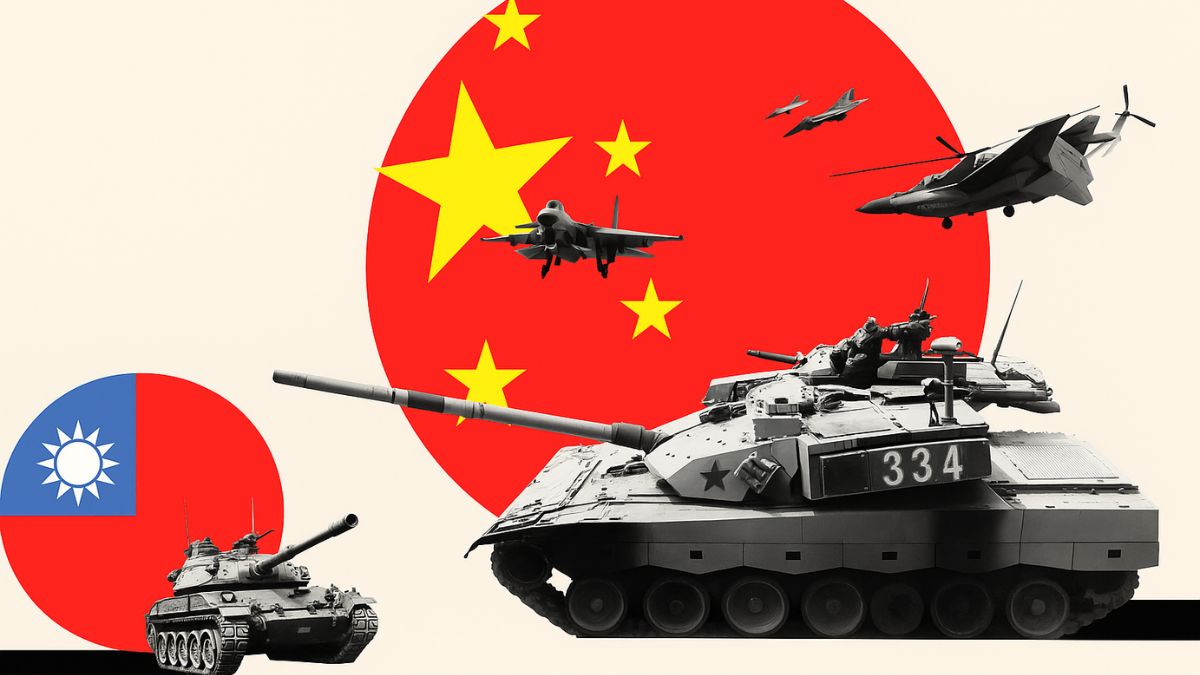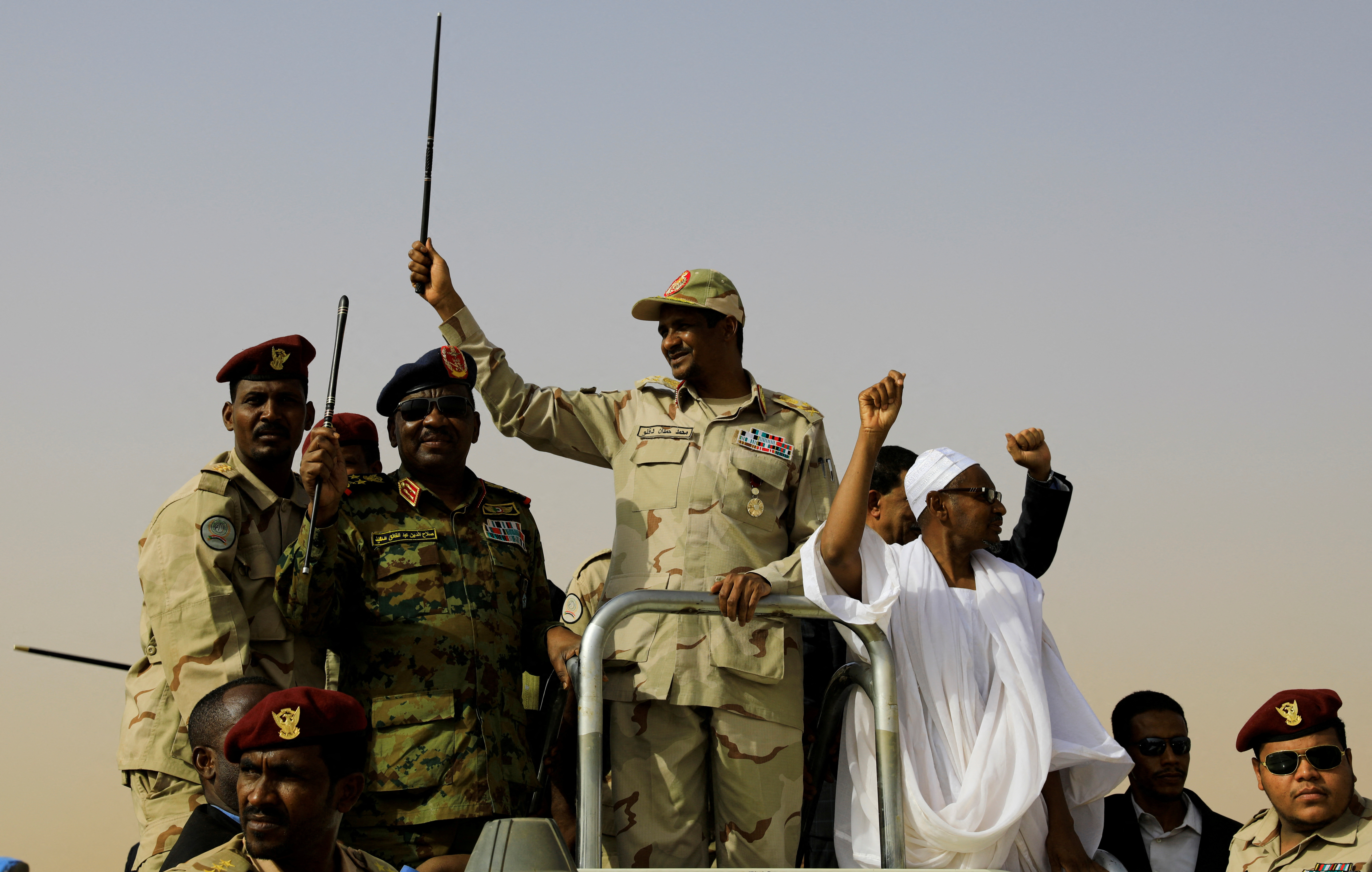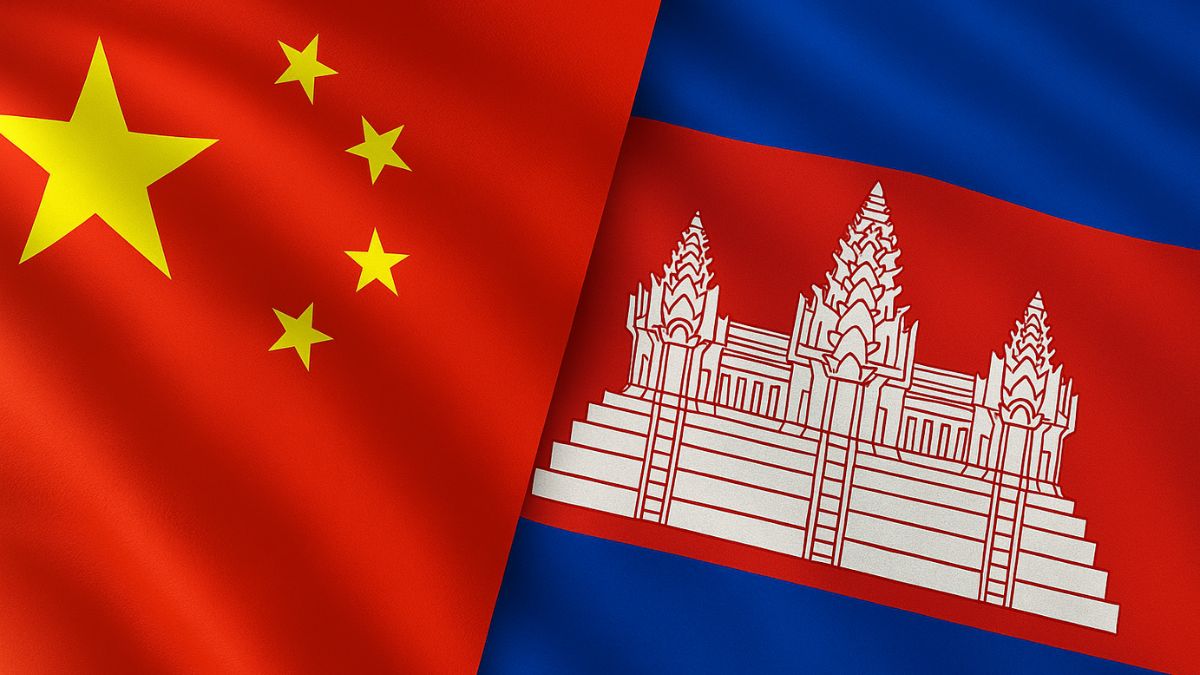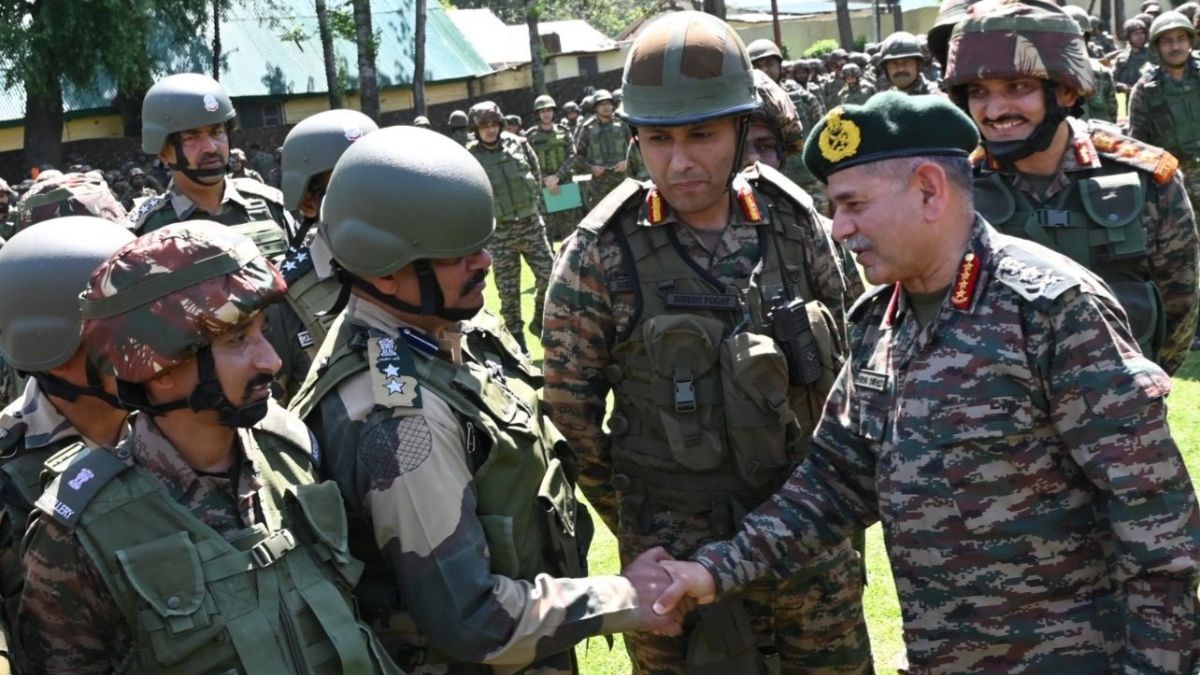Independence Day 2025: PM Modi Announces ‘Mission Sudarshan Chakra’ To Bolster National Security Shield; What Is It?
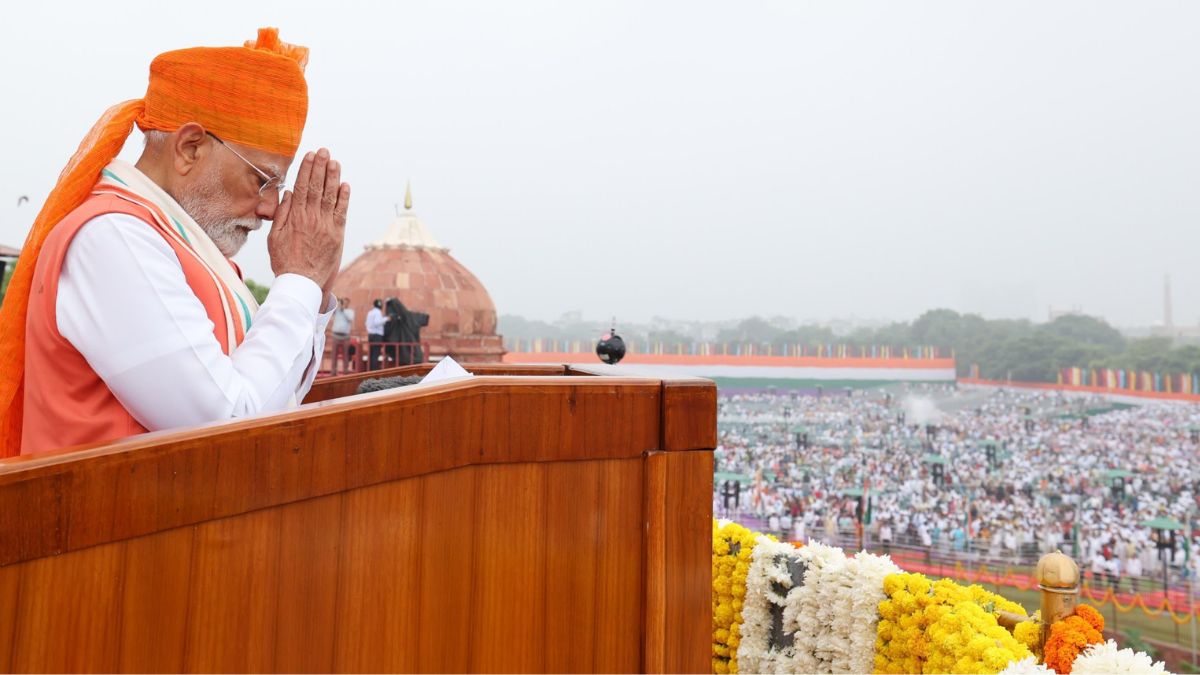
Image courtesy: X.com/@PMOIndia
India will embark on a decade-long effort to create an integrated defence shield, modelled in part on Israel’s Iron Dome, Prime Minister Narendra Modi announced during his Independence Day address from the Red Fort. Named ‘Mission Sudarshan Chakra’, the initiative aims to expand, strengthen, and modernise India’s national security systems by 2035.
Framed as a multi-layered protective network, the Sudarshan Chakra will be for both physical and digital domains. The mission is looking to integrate missile interception capabilities with advanced surveillance and cyber defence. The Week cited officials as saying that the system is intended to safeguard critical infrastructure, deter potential threats, as well as reinforce India’s strategic autonomy.
What is the purpose of ‘Mission Sudarshan Chakra’?
The Prime Minister described the plan as a “Rashtriya Suraksha Kavach”, or a national shield, that would intercept incoming threats and retaliate with precision. The name “Sudarshan Chakra” draws inspiration from the mythological weapon of Lord Krishna. The project is expected to feature targeted missile action alongside defensive systems.
While the specific technical details of the mission continue to be classified, reports indicate collaboration between India’s defence research agencies, the armed forces, and select private partners. Beyond missile interception, the framework will integrate cybersecurity measures designed to counter digital intrusion and disruption.
How does this align with India’s current defence posture?
The announcement comes in the wake of Operation Sindoor, which the Prime Minister described as a milestone in India’s capacity to act independently in military operations using homegrown equipment. Modi used the occasion to stress that India is prepared to respond decisively to any form of aggression, including nuclear intimidation.
He reiterated that resources like the Indus river should serve India’s development needs, criticising the Indus Waters Treaty as favouring adversaries over domestic agriculture. The comments followed recent remarks from Pakistan’s army chief involving nuclear threats and the prospect of targeting Indian-built infrastructure.
When will the shield become operational?
The government’s target is to have the system fully operational by 2035, with phased development likely to include incremental deployment of radar networks, missile batteries, and command-and-control systems. The approach mirrors global trends in layered defence, with systems designed to be mobile, adaptable, and integrated into both military and civilian emergency protocols.
If achieved, ‘Mission Sudarshan Chakra’ could significantly change India’s defensive landscape, offering a homegrown alternative to imported systems and reinforcing its position as a net security provider in the region.

